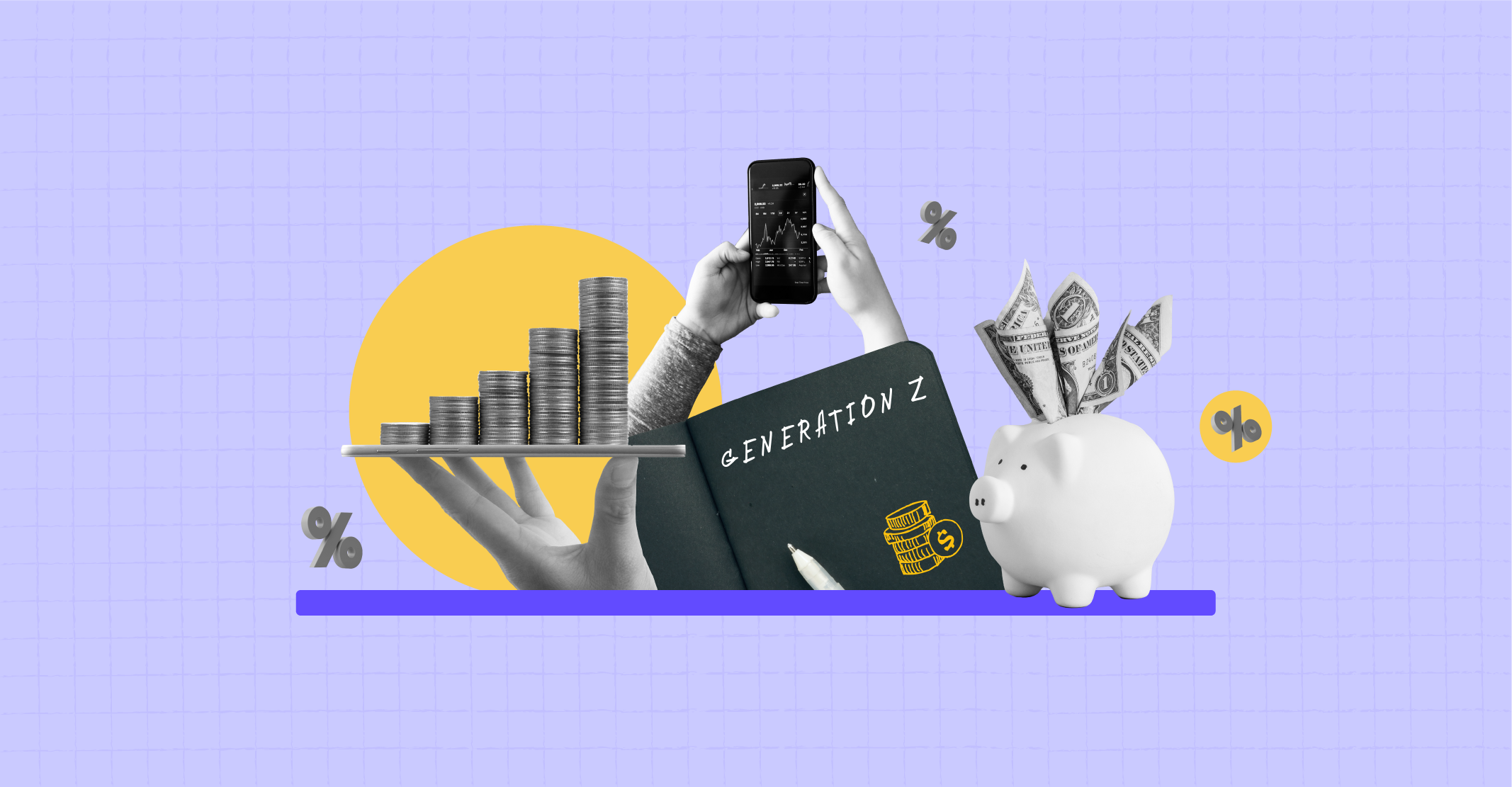Introduction: The Money-Savvy Generation
Gen Z isn’t just scrolling through TikTok—they’re redefining financial habits for a digital-first world Gen Z saving habits. In 2025, Gen Z (born between 1997 and 2012) is approaching money with a mix of skepticism, tech fluency, and social consciousness. Their saving habits differ significantly from Millennials and Boomers—centered around budgeting apps, crypto assets, and sustainable investing.
Top Gen Z Saving Trends in 2025

1. Digital Budgeting Is a Lifestyle
Gen Z prefers digital tools over spreadsheets. Apps like YNAB, Monarch Money, and Revolut help them track spending in real-time. Many use AI-powered reminders to avoid impulse buys.
- Top tools: Goodbudget, Rocket Money, Zeta
- Why it matters: 71% of Gen Z cite “money anxiety” as a daily concern*
2. Saving Through Side Hustles
From digital freelancing to reselling fashion on platforms like Depop, Gen Z is saving not just from primary income, but gig earnings. Their goal? Financial independence—fast.
3. Investing Early—and Differently
Gen Z prefers ETFs, green stocks, and even fractional shares. Many use apps like Public.com or Acorns to invest spare change. Crypto assets like stablecoins are also part of their saving strategy Gen Z saving habits.
They view investing as a parallel to saving—not just an afterthought.
What’s Driving Gen Z’s Financial Mindset?
- Economic Uncertainty: Raised during the pandemic and inflation cycles, they value emergency funds more than luxuries.
- Financial Education: TikTok creators and YouTube finance channels have replaced traditional advisors.
- Eco-Social Awareness: Savings are directed to ethical banks and sustainable investments.
Financial Tools That Gen Z Loves
These apps and tools are helping Gen Z stay financially on track in 2025:
- Greenlight – For teen money management
- Robinhood & Webull – For DIY investing
- Venmo & PayPal Savings – To stash small amounts quickly
- Koho – For cashback saving routines

How Businesses and Banks Are Responding
Financial institutions are adapting to Gen Z’s demands:
- No-fee digital savings accounts
- Gamified budgeting tools
- ESG investing portfolios tailored for Gen Z

Gen Z’s distrust in legacy systems is pushing fintechs and credit unions to innovate or get left behind.
Conclusion: The Future of Saving Starts Now
Gen Z’s approach to saving in 2025 proves that financial literacy is going digital. They prioritize flexibility, automation, and ethics over tradition. While older Gen Z saving habits generations might still rely on bank tellers and checkbooks, Gen Z is tapping, swiping, and coding their way toward financial freedom.
Whether it’s crypto, AI-enhanced budgeting, or sustainable ETFs—the next generation is not just saving differently; they’re saving smarter.
For more insights on the digital money movement, check out our guides on Crypto vs. Traditional Savings and Top Budgeting Apps for 2025.









